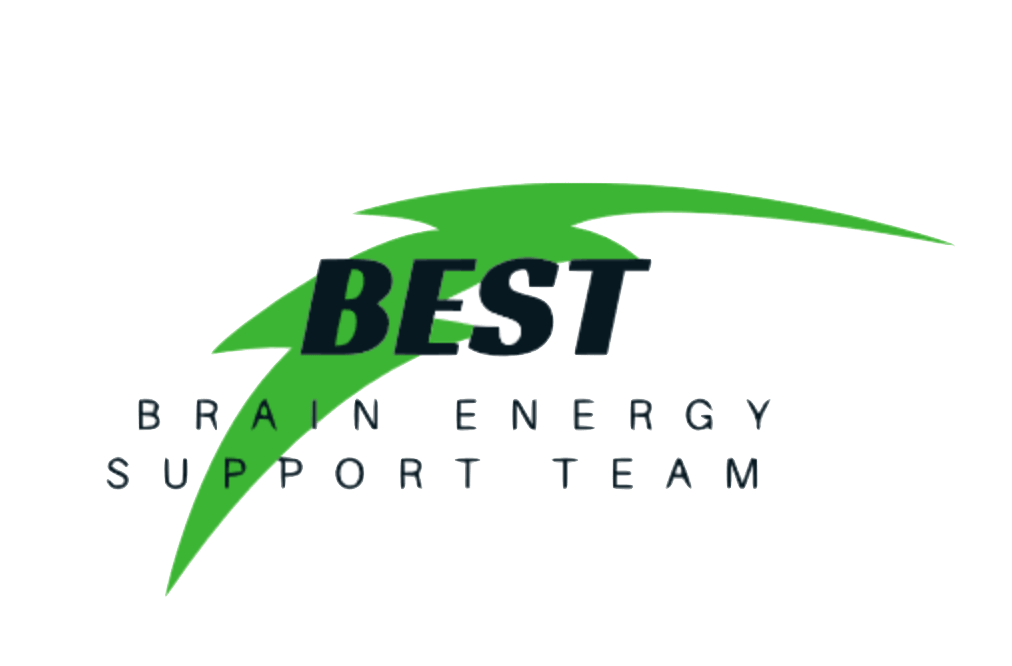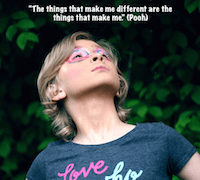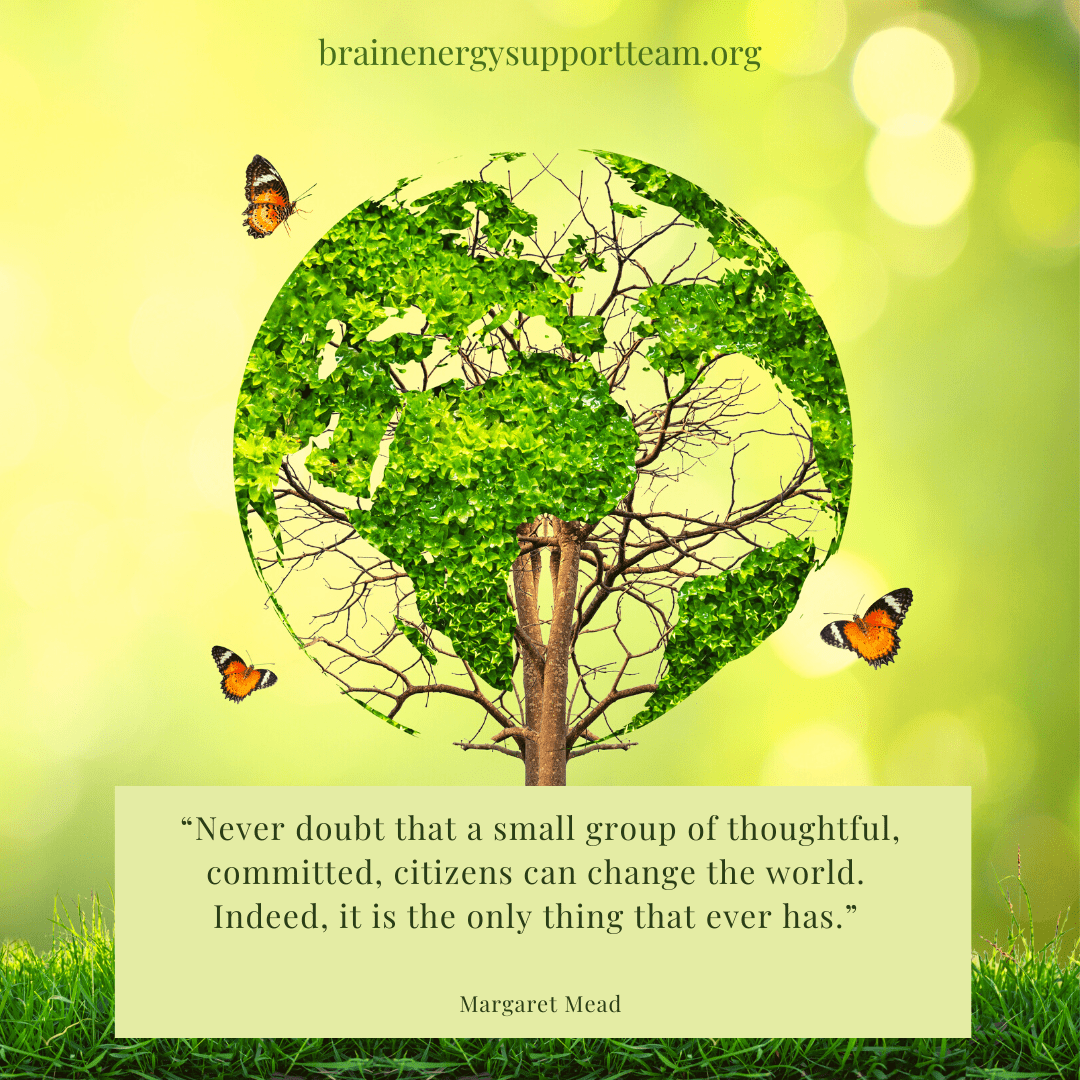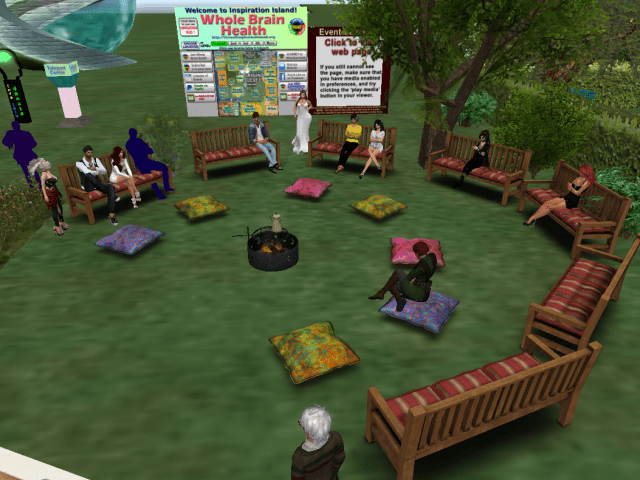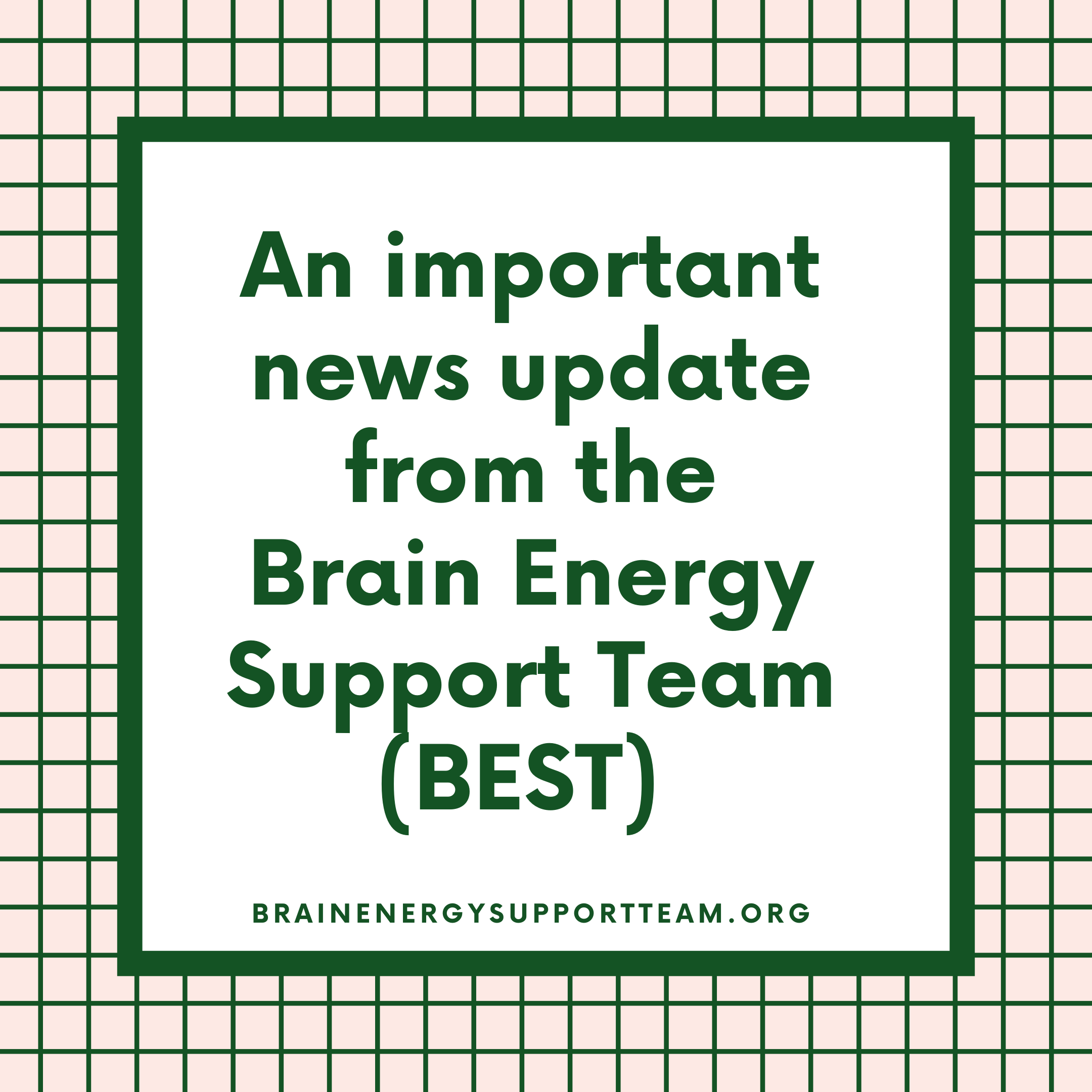The idea that treating everyone equally means we’ll have equal outcomes only works if everyone had equal circumstances from birth through school, as adults, and if everyone had exactly the same experiences. Clearly, that’s not reality. Everyone is different because they grew up in different places with different experiences and varying economic, health, and educational situations.
At BEST we don’t believe there is a “one-size-fits-all” solution to the challenges and difficulties of any group of people, especially within our brain injury and broader neurodiverse community. We don’t design our programs one way and expect everyone to benefit from them equally, which is why our support groups are as diverse and unique as the communities they are in and the members who participate in them. BEST is committed to ensuring that everything we do meets our community’s unique needs, circumstances, and cultural situations.
We have chosen to embrace cultural equity as a way to support all facets of diversity and inclusion. Cultural equity embodies the values, policies, and practices that ensure that all people—including but not limited to those who have been historically underrepresented based on race/ethnicity, age, disability, sexual orientation, gender, gender identity, socioeconomic status, geography, citizenship status, or religion—are represented in the development of
- BEST policies & procedures;
- the support of individuals with brain injury and their families;
- the nurturing of accessible, thriving opportunities for expression;
- and the fair distribution of programmatic, financial, and informational resources.
The power structure in the United States grants privilege and access unequally such that inequity and injustice result disproportionately affecting those with disabilities in general and, more specifically, those with brain injury. We believe everyone deserves equal access to a full, vibrant, and meaningful life, which is essential to a healthy and democratic society. Therefore, we are committed to holding ourselves and our partners accountable because acknowledging and challenging our inequities and working together is how change will happen.
To provide informed, authentic leadership for cultural equity, we will
- Pursue cultural-responsiveness throughout our organization through substantive learning and formal, transparent policies.
- Acknowledge and dismantle any inequities within our policies, systems, programs, and services.
- Commit time and resources to expand more diverse leadership within our board, staff, and volunteers.
Additional definitions
Diversity
Diversity is the presence of difference within a giving setting. In this case the workplace is the setting and the differences typically refer to identity like race and gender, and sometimes ethnicity, religion, nationality, or sexual orientation. A person isn’t diverse. They’re unique. They can bring diversity to a group though. You’re not looking for a diverse candidate. Diversity is about a collective or a group.
Inclusion
Inclusion has to do with people with different identities feeling and/or being valued, leveraged, and welcomed within a given setting (whether that’s a team, workplace, or industry). Longtime Diversity, Equity, and Inclusion educator, Verna Myers, said: “Diversity is being asked to the party. Inclusion is being asked to dance.” Inclusion isn’t a natural consequence of diversity. You can have a diverse team of talent, but that doesn’t mean they feel welcomed or valued or are given opportunities to grow.
Equity
Equity is an approach that ensures everyone has access to the same opportunities. Equity recognizes that we don’t all start from the same place because advantages and barriers exist. It’s a process that acknowledges uneven starting places and seeks to correct the imbalance. Diversity and inclusion are both outcomes. Equity is not. It refers to the process an organization engages in to ensure that people with marginalized identities have the opportunity to grow, contribute, and develop.
implemented 24 May 2018
updated 3 December 2022
